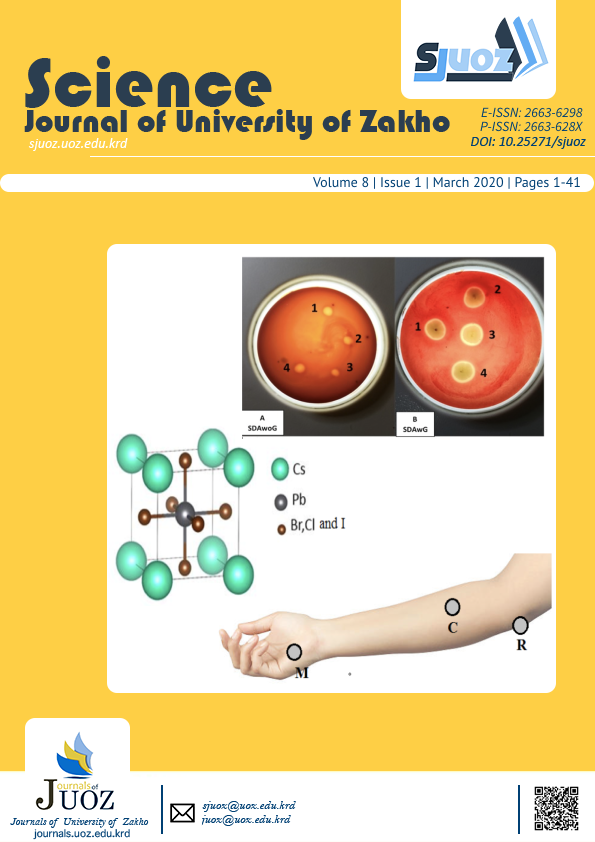Gender Differences in Tonic and Phasic Electrodermal Activity Components
Abstract
Electrodermal activity (EDA) is a well-established psychophysiological measurement for research and clinical approaches. Males and females often display different physiological responses to stimuli, which can be detected by EDA recordings. Using a new method to measure skin conductance (SC), skin potential (SP) and skin susceptance (SS) simultaneously at the same electrode, these differences were investigated. SC, SP, and SS were recorded from 60 participants during relaxation and stress. It was found that both tonic and phasic EDA parameters indicated gender differences. In addition, females displayed greater tonic and phasic EDA parameters (except for skin potential responses (SPRs)) than males under both relaxation and conditions of stimulation (stress). However, these results were not statistically significant (p > 0.05). This suggests that it is perhaps important to consider gender or at least note type of gender in EDA researches, but this cannot be generalized to clinical approaches.
Full text article
Authors
Copyright (c) 2020 Dindar S. Bari

This work is licensed under a Creative Commons Attribution 4.0 International License.
Authors who publish with this journal agree to the following terms:
- Authors retain copyright and grant the journal right of first publication with the work simultaneously licensed under a Creative Commons Attribution License [CC BY-NC-SA 4.0] that allows others to share the work with an acknowledgment of the work's authorship and initial publication in this journal.
- Authors are able to enter into separate, additional contractual arrangements for the non-exclusive distribution of the journal's published version of the work, with an acknowledgment of its initial publication in this journal.
- Authors are permitted and encouraged to post their work online.
